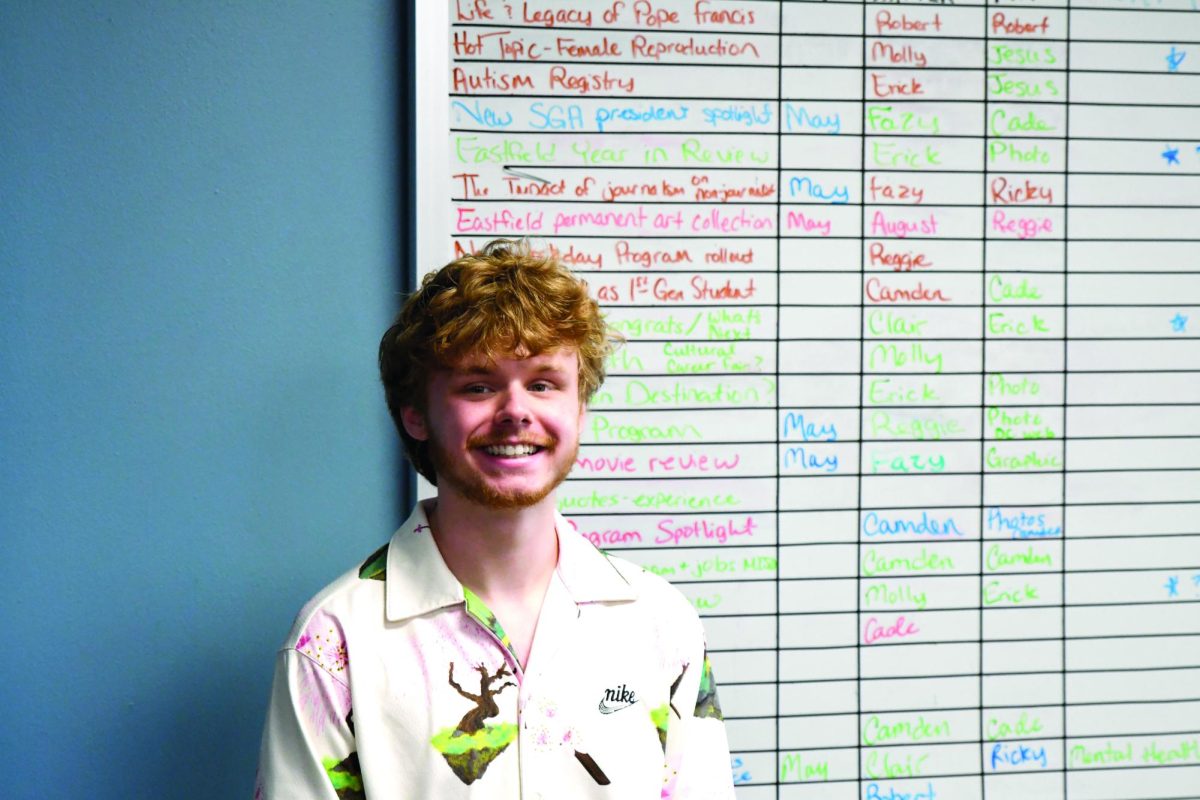By JORDAN LACKEY
Some things aren’t supposed to be discussed in polite society. Politics, finances and gossip are all forbidden topics of conversation at the dinner table. However, one topic falls exactly 6 feet into the category of social taboo and lands with a brazen yet hollow thud — death, and everything that happens after.
Like it or not, we’ve all got to die some time. So, we might as well go out with a little originality and style. Here are five alternatives to cremation and burial for those of you inclined to show the world how weird you were long after you’re dead and gone.
Human composting
This is probably the most straightforward burial alternative on this list. This process is exactly what the name implies.
Human composting, or natural organic reduction, is the process of breaking down a corpse’s remains in a cylinder alongside organic materials. This process is considered an eco-friendly alternative to traditional methods and within months the remains of a loved one can be used as organic and nutrient rich soil for new life.
Pressing ashes into vinyl records
Now this idea still requires traditional cremation, but what you can do with the remains afterwards is simply too cool not to be included in this list. And Vinyly, a company based in the United Kingdom, will take the ashes of a loved one and press them into working sides of vinyl. These records can have any audio recording embedded on them.
Founder Jason Leach says on the website that customers have requested a wide range of recordings for the specialized discs, from personal conversations to songs associated with the deceased or just the crackling sound of vintage vinyl.
Skinning tattoos
Some people might find this alternative a little skin-crawling. The idea is exactly as it sounds. Within 72 hours of death, a tattoo of choice is surgically removed by a mortician either before or after embalming. The removed skin is treated with the same dignity as any other funeral preparation process.
Then the parchment of tattooed skin is framed as a wall mount and ready for display. Pricing usually depends on the size of the tattoo.
There are several businesses that offer this service, but make sure to read the fine print. Some of them insist on taking the artwork back for collecting purposes after the surviving family has passed away.
Resomation
If you thought cryogenics sounded like something out of a sci-fi movie, just wait till you hear this.
Resomation, also called bio-cremation, uses heated water and potassium hydroxide to liquefy the body. From there, only the bones are left. These are then pulverized into a powder, like in a traditional cremation, and returned to the family.
The benefit of resomation is that it’s more environmentally friendly than flame-based cremation and makes for a smaller carbon footprint.
Eternal Reefs
For those of you that are more aquatically inclined, this alternative is for you. Eternal Reefs, a Georgia-based company, will turn human remains into artificial reef material with a mixture of concrete and crushed bone.
With this material they craft heavy concrete orbs and place them where reefs need restoration. They have offices in Houston, Pensacola and other coastal cities. The orbs attract fish and other organisms that help turn the remains into an underwater habitat and ensure that your loved one stays part of the circle of life.







